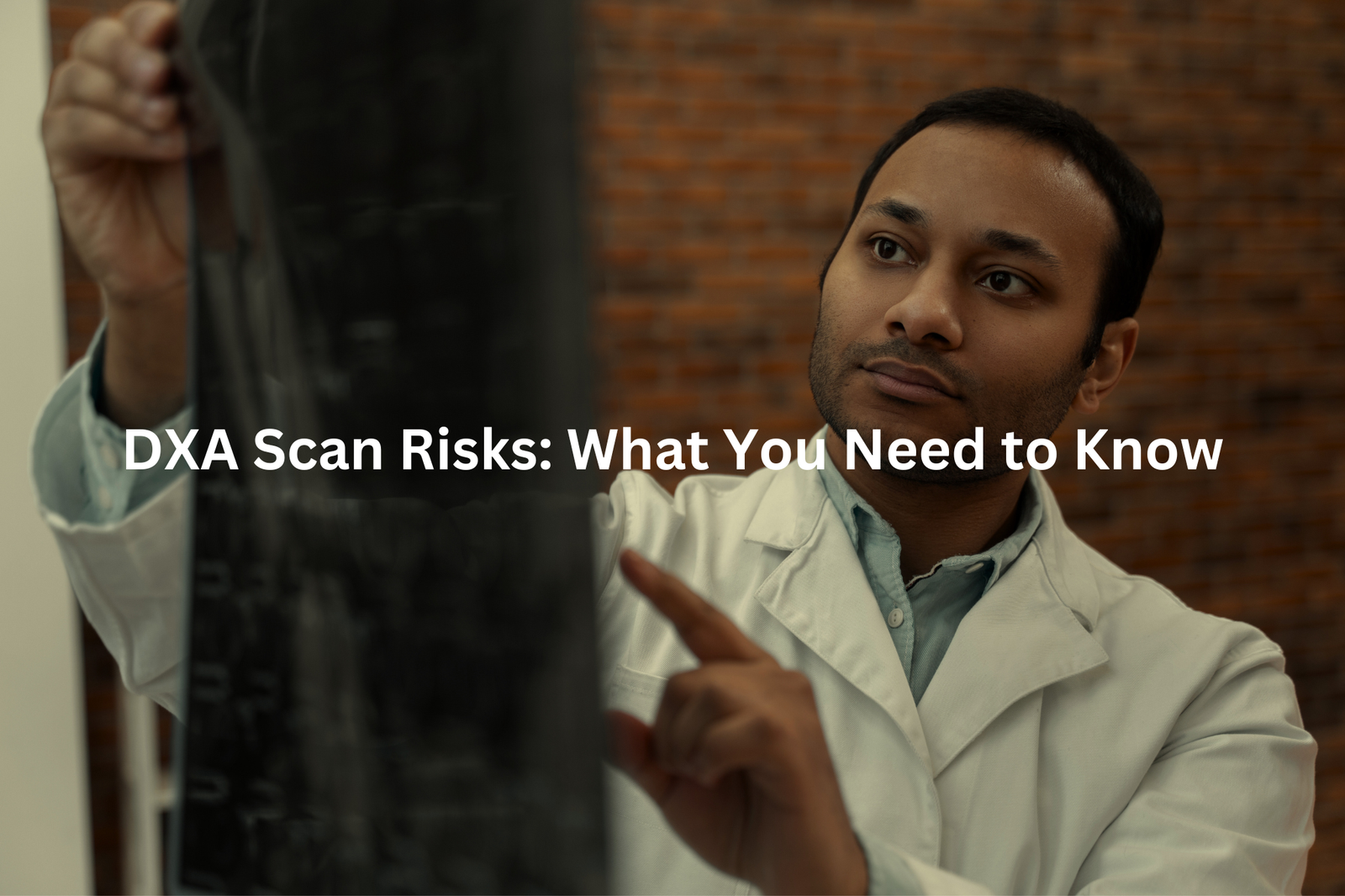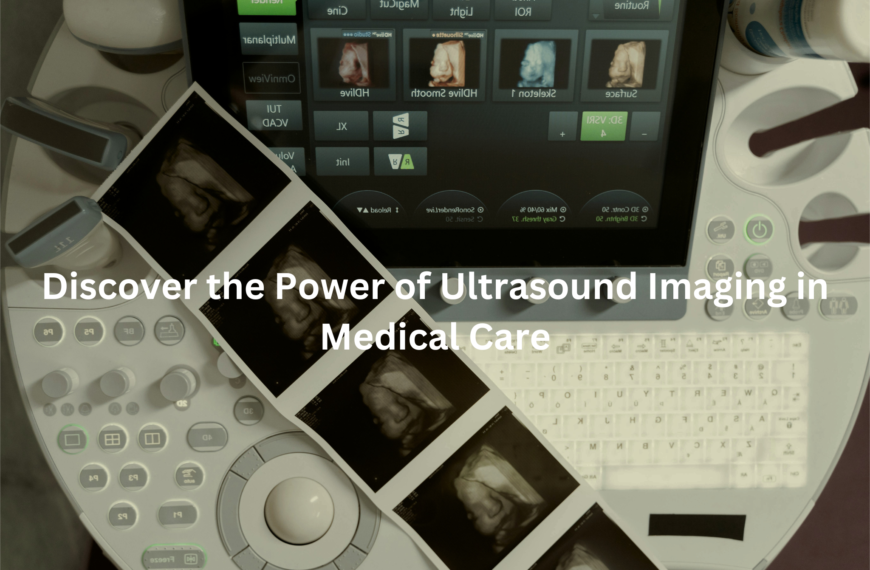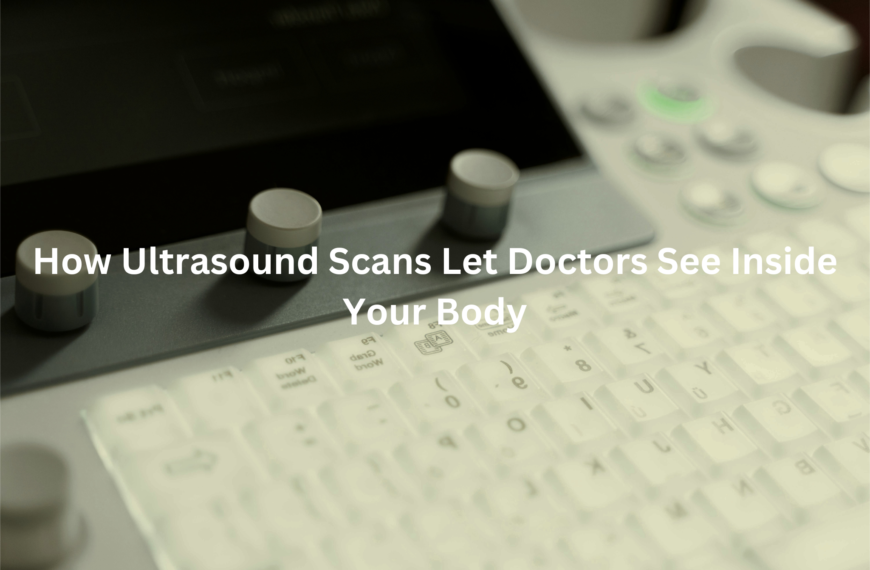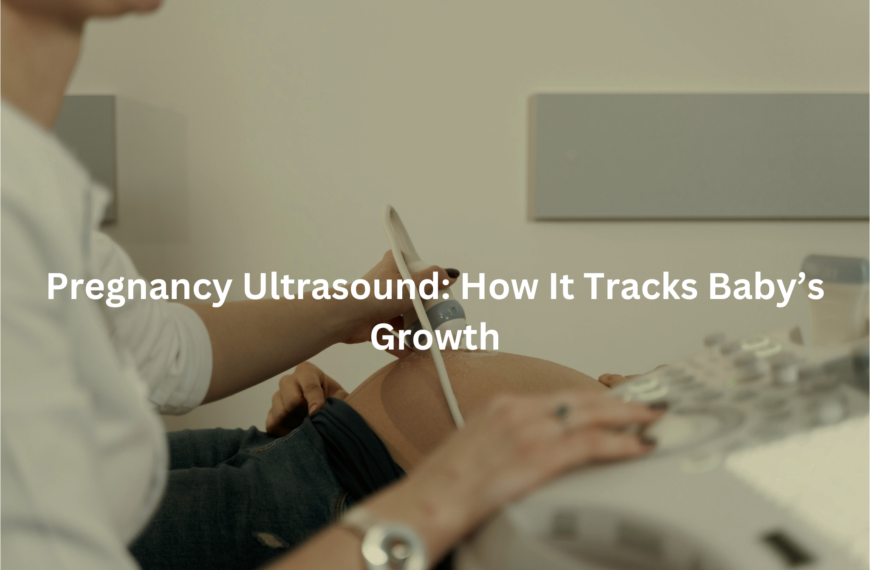Before getting a DXA scan, know the risks. Learn how it works, why it’s used, and whether it’s right for you.
DXA scans show how strong bones are through special x-ray pictures. Doctors use these scans to find weak bones before they break (a condition called osteoporosis). The machine sends two different x-ray beams through the bones and measures how much energy passes through them.
While the scan gives off some radiation, it’s about the same as spending one day outside in the sun. The whole test takes 10 to 20 minutes, and patients lie still on a padded table. Anyone worried about getting a DXA scan should chat with their doctor about their concerns. The scan’s benefits often outweigh any small risks.
Key Takeaway
- DXA scans use low radiation, but they still have some risks.
- They mainly check bone density, not overall bone health.
- Knowing the risks helps you talk to your doctor before the scan.
What is a DXA Scan?
A DXA scan stands as modern medicine’s window into bone health. This quick, painless test uses dual-energy X-ray absorptiometry to measure bone density and spot signs of osteoporosis.
The process takes 10-30 minutes in total. Patients rest on a flat table while a scanner moves above them, sending low-dose X-rays through their bones. Dense, healthy bones absorb more radiation, while weaker ones let more pass through.
The scan results show up as T-scores:
- Normal: -1 and above
- Low bone mass: -1 to -2.5
- Osteoporosis: -2.5 or lower
The radiation exposure stays quite low (about 0.001 millisieverts), much less than a chest X-ray at 0.1 millisieverts. Still, pregnant women shouldn’t get scanned.
For better bone health, doctors suggest:
- 1000-1300mg calcium daily
- 600-800 IU vitamin D
- Regular weight-bearing exercise
- No smoking
- Limited alcohol
Early detection through DXA scans helps prevent future fractures, making it a key tool in bone health management.
Radiation Exposure
Sources: Mark Struthers, BBA BSRT.
Fear often clouds judgment, especially with medical procedures like DXA scans. A patient’s worried comment about “glowing in the dark” shows how misconceptions can prevent people from getting essential bone health screenings.
DXA (Dual-energy X-ray Absorptiometry) scans expose patients to just 0.001 millisieverts of radiation – that’s less radiation than eating two bananas(1). For comparison:
- Daily background radiation: 0.008 mSv
- Sydney to Melbourne flight: 0.04 mSv
- Standard chest X-ray: 0.1 mSv
The scan itself takes 15-20 minutes, lying still on a padded table while a scanner arm passes over. No needles, no pain, no hospital gowns needed. Just wear comfortable clothes without metal zippers or buttons.
Pregnant women should skip DXA scans unless absolutely necessary. The developing fetus has rapidly dividing cells that are more sensitive to radiation, even at these low doses. Doctors might suggest alternatives like quantitative ultrasound for these cases.
For everyone else? The benefits far outweigh the minimal risks. DXA scans can detect osteoporosis years before fractures happen, when lifestyle changes and treatment work best. The radiation exposure is so low, you’d need 100 DXA scans to equal one chest X-ray.
Talk with your doctor about scheduling a scan if you’re over 65, or younger with risk factors. Early detection means stronger bones for longer.
Other Risks to Think About

DXA scans provide valuable bone density measurements, but they don’t tell the complete story about bone health. These scans miss several key factors that affect bone strength.
Key limitations of DXA scans(2):
• Can’t measure bone quality or structure
• May miss small fractures
• Might lead to overdiagnosis
The scan results don’t show how well bones handle daily stress (like walking up stairs or carrying groceries). Sometimes, bones with normal density break easily because their internal structure isn’t strong enough.
Medical professionals suggest these steps after a DXA scan:
• Get a complete health assessment
• Check vitamin D levels
• Consider additional tests like trabecular bone score (TBS)
• Review lifestyle factors
Building strong bones requires more than medication. Regular weight-bearing exercise helps strengthen bones naturally. A balanced diet with calcium (1000-1300mg daily for adults) supports bone health. Vitamin D from sunlight (10-15 minutes daily) helps calcium absorption. While DXA scans offer useful data, they’re just one tool in assessing overall bone health.
Positioning and Technique
DXA scan positioning makes a big difference in bone density results. The scan measures bones through an x-ray process (using two different energy levels), but wrong positioning can mess up the readings.
Three main things affect scan accuracy(3):
- Hip position – The leg needs to stay straight, not turned in or out. Even a tiny rotation changes the numbers.
- Spine alignment – The lower back must lie flat on the table. Any twisting makes the bones look less dense than they are.
- Movement control – Small shifts can blur the pictures. Breathing too deep or wiggling toes affects the results.
The scan takes about 10-30 minutes. Technicians might use foam blocks to keep legs in place or adjust patient position by hand. They’ll keep adjusting until everything lines up right.
Proper positioning matters because these numbers guide treatment choices. Wrong readings could lead to unnecessary medicine or missed problems. That’s why technicians take their time getting it exactly right.
Standardisation and Anxiety
DXA scans, while basic in theory, can produce different results across medical centres. The scanning process takes about 15 minutes (depending on the machine type), but several factors affect the readings.
Different machines use varied technologies:
- Fan-beam scanners: Quick but might have edge distortion
- Pencil-beam scanners: Slower but more precise measurements
Each clinic follows distinct protocols, from patient positioning to software settings. Research shows measurement variations between machines can reach 5% – a significant gap when monitoring bone density changes.
For accurate tracking, medical professionals suggest:
- Using the same clinic and machine
- Scheduling appointments at similar times
- Following pre-scan guidelines strictly
- Keeping detailed records of each scan
Patients often feel nervous about their results, which is common. Medical staff can explain that bone health assessment relies on patterns over time, not single measurements. The T-score and Z-score readings help doctors determine proper treatment paths, whether through medication or lifestyle changes.
Minimising Risks

DXA scans measure bone density in minutes, but proper technique makes all the difference. The process seems simple – patients lie still, hold their breath briefly, and the machine does its work. Yet accuracy depends on more than just the equipment.
Several factors affect DXA scan quality:
Medical necessity:
- Only needed for osteoporosis risk or fracture concerns
- Doctor evaluates risk factors (age, medical history, medications)
Safety protocols:
- Low radiation exposure (0.001 mSv vs 0.1 mSv for chest X-rays)
- Proper positioning for accurate readings
- Straight spine alignment
- Correct hip rotation
Patient understanding:
- Clear explanation of purpose
- Focus on bone density measurement
- Discussion of results and treatment options
Medical centres following strict guidelines produce more reliable results. While DXA scans aren’t complex procedures, they need careful attention to detail. The right approach ensures meaningful data for better patient care.
FAQ
What are the risks of DXA scans?
DXA scans, also known as dual-energy X-ray absorptiometry, are a common way to measure bone density and detect bone loss. While DXA scans are generally safe, there are a few potential risks to be aware of.
Can DXA scans increase my risk of cancer?
DXA scans use a very low dose of radiation, much lower than a typical chest X-ray. The small amount of radiation exposure from a DXA scan is considered extremely low risk and unlikely to cause any harm, even with repeated scans over time.
Can DXA scans lead to high bone radiation exposure?
DXA scans do not deliver a high dose of radiation. The radiation from a DXA scan is very low, about the same as a cross-country flight or a few days of normal background radiation exposure. Repeated DXA scans over many years may slightly increase your lifetime radiation exposure, but the overall risk is still quite small.
Can DXA scans cause bone pain or other side effects?
DXA scans are a painless, non-invasive procedure. The scan itself does not cause any pain or discomfort. There is a very small risk of minor bruising or skin irritation from the positioning during the scan, but serious side effects are extremely rare.
Are there any risks for older adults or people with low body weight?
Older adults, people with very low body weight, and those with a history of bone disease may have a slightly higher risk of getting accurate results from DXA scans. However, DXA remains the most widely used and reliable method for measuring bone density in these groups.
Can DXA scans detect all types of bone disease?
DXA scans are excellent at measuring bone mineral density, which helps identify low bone mass, osteoporosis, and fracture risk. However, DXA scans may not detect all types of bone diseases, such as rare genetic disorders. Your healthcare provider can help determine if additional tests are needed.
Conclusion
DXA scans (dual-energy X-ray absorptiometry) provide detailed measurements of bone density. The scan exposes patients to just 0.001 millisieverts of radiation – less than a typical chest X-ray. Though minimal, some considerations exist beyond radiation. These include potential overdiagnosis of low bone mass and the scan’s limits in measuring actual bone strength.
Medical professionals suggest discussing individual risk factors and family history before proceeding with the scan. They can also explain alternative bone health monitoring options when needed.
References
- https://www.health.vic.gov.au/radiation/requirements-for-the-assessment-of-body-composition-using-dxa
- https://www.racgp.org.au/clinical-resources/clinical-guidelines/key-racgp-guidelines/view-all-racgp-guidelines/osteoporosis/risk-factors/measurement-of-bone-mineral-density
- https://www.ais.gov.au/__data/assets/pdf_file/0007/1095064/Technician-Best-Practice-Protocols-for-DXA-Assessment-of-Body-Composition-GE-Lunar.pdf




